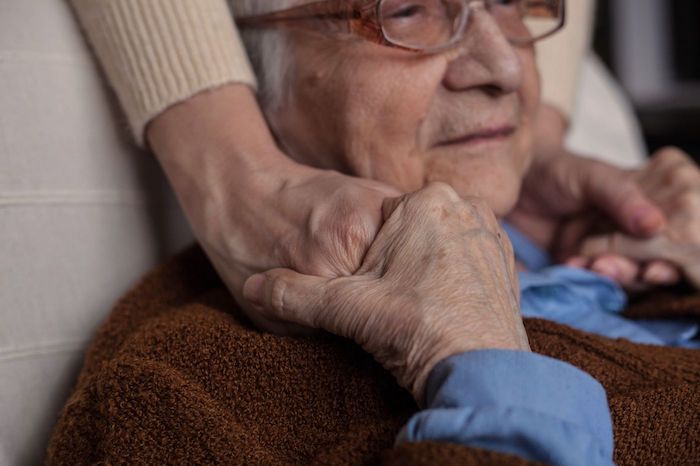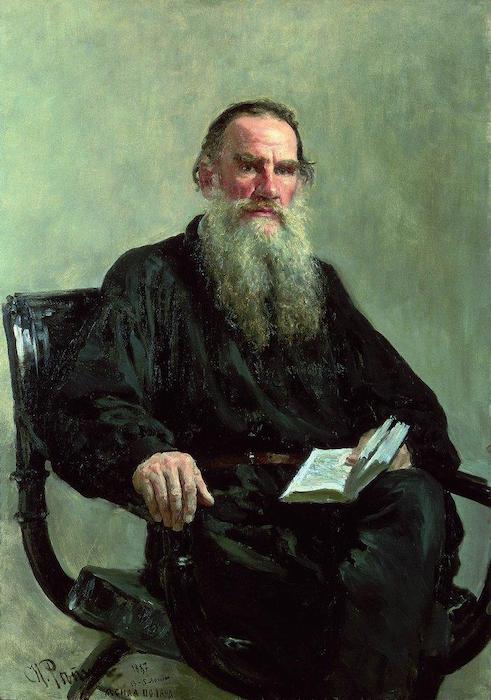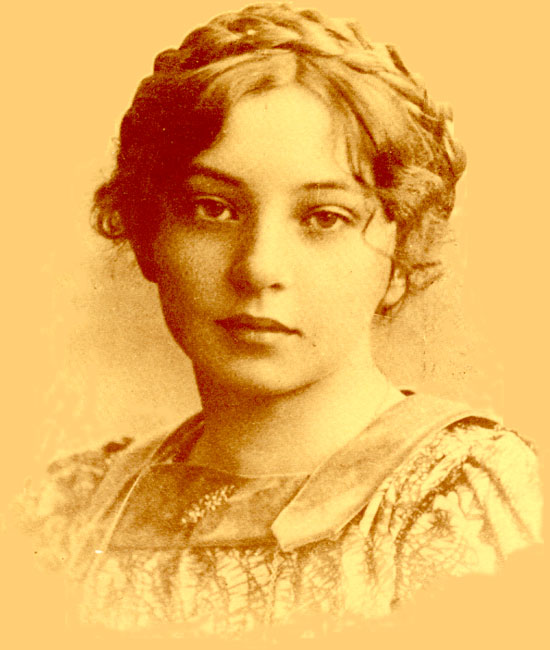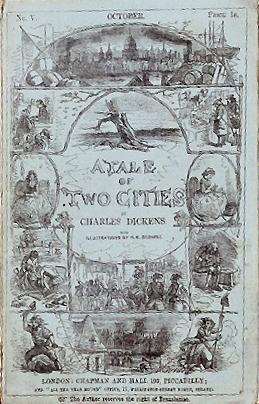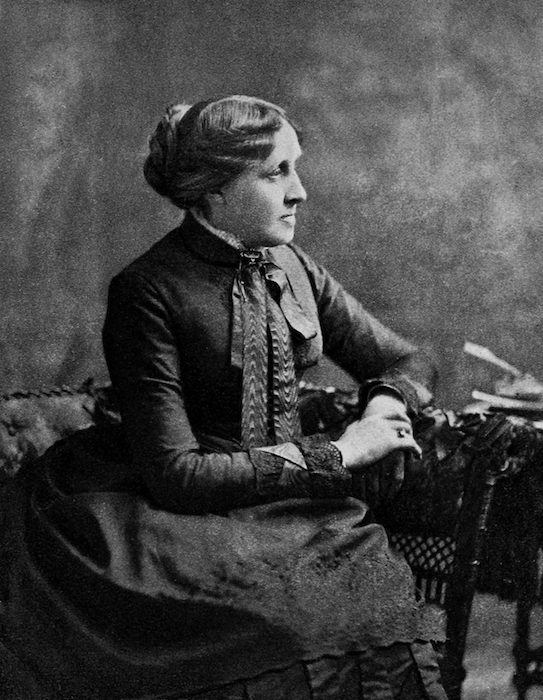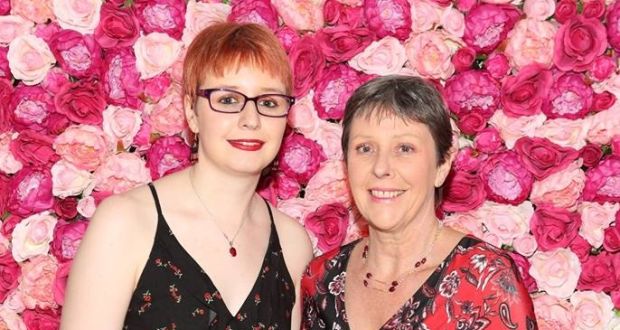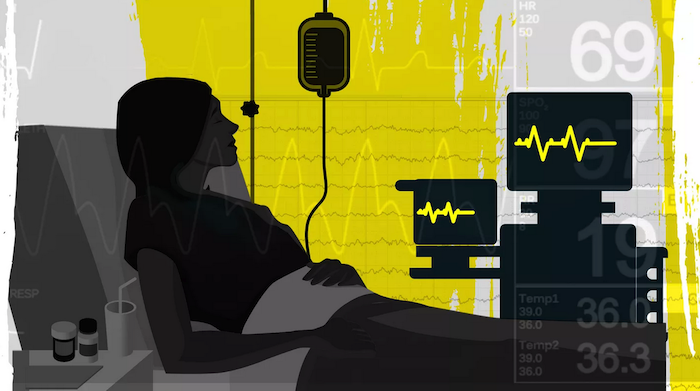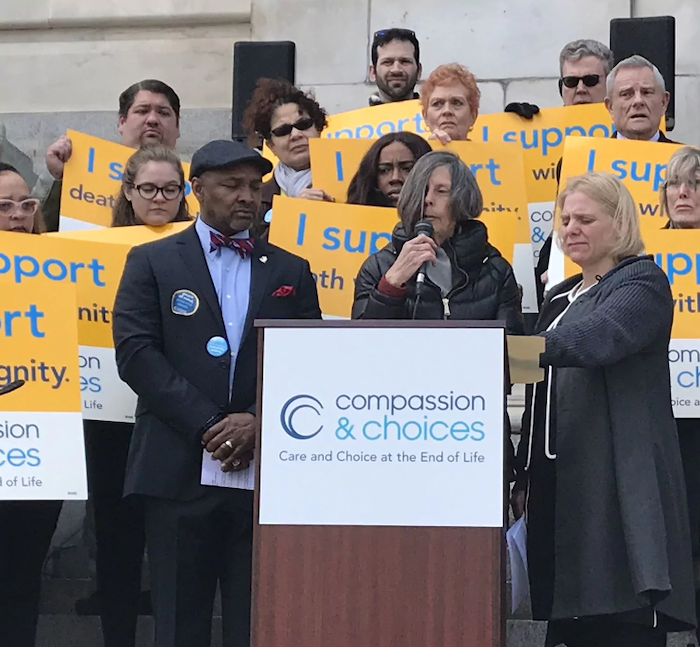
By Jon Meacham
Jon Meacham is the author of “The Soul of America: The Battle for Our Better Angels.”
Tuesday was to be the day — in the morning, because everything was taken care of. The goodbyes had been said, the tears shed, the coffin handmade. In the spring of 2018, Dick Shannon, a former Silicon Valley engineer with untreatable cancer, took advantage of California’s “death with dignity” law to end his own life once all other medical possibilities had been exhausted.
“My observation about the way people die, at least in America, is they . . . are not allowed the opportunity to be part of the process,” Shannon explained. “For my way of thinking, the part that bothers me just immensely is not being allowed to be part of that process. It’s my death. Go with what you believe, but don’t tell me what I have to do.” Discussing the ultimate decision with his doctor, Shannon remarked, “It’s hard to fathom. I go to sleep and that’s the end of it. I’ll never know anything different.” He paused, then said simply: “Okay.”
When the day came, Shannon was ready. The end-of-life medical cocktail was mixed in a silver stainless steel cup, and he drank it in front of his loving and tearful family. “I’ve accepted the fact that I’m dying,” he’d said earlier. “There’s nothing I can do to stop it. Planning the final days of my life gives me a sense of participation and satisfaction.” As he prepared to slip away, he told his family, “Just know that I love you — each and every one of you.”
America is becoming ever more like itself when it comes to death. From Walden Pond to Huck Finn’s lighting out for the territory, we’re a nation of individualists, shaped and suffused by self-reliance and a stubborn allegiance to the live-free-or-die motto of the Revolutionary era. With this twist: Baby boomers and their successor generations are insisting on being free to take control of death itself. Innovation, creativity and customization — the hallmarks of our time, an age in which we can run much of our lives from our mobile phones — are now transforming both how we die and the mechanics of remembrance that come afterward.
The coming revolution in death — and Dick Shannon’s story — is laid out with uncommon wisdom in a powerful, new HBO documentary, “Alternate Endings,” which debuts Aug. 14. Only eight states and the District of Columbia have death-with-dignity laws, but three of those states — Hawaii, Maine and New Jersey — have put their statutes on the books within the past year. And 18 other states considered such laws in the 2019 legislative season.
The movement has not attracted the same attention it once did; in the 1990s, Jack “Dr. Death” Kevorkian, the right-to-die advocate, drew considerable public alarm. As the documentary by Perri Peltz and Matthew O’Neill makes clear, the conversation has entered a new and compelling phase now that Americans are thinking about death as something as disintermediated as commuting, dating and shopping.
The United States has a long history of rethinking the rituals of death. Embalming became part of the popular understanding and tradition of death during the Civil War; the task then was to preserve the bodies of dead soldiers so their families could see them one final time. Abraham Lincoln may have done the most to raise the profile of embalming when he chose first to embalm his 11-year-old son and then when his own corpse was embalmed for the long train ride home to Springfield, Ill., after his assassination.
Now the death industry in the United States has evolved with the culture. For many, corporate consolidation has reshaped a funeral home industry, which was once made up almost entirely of local, family-owned companies. (And which, as Jessica Mitford wrote in her 1963 book “The American Way of Death,” unctuously gouged grieving families.) The Internet has disrupted the casket industry with Walmart and others selling directly to families. As “Alternate Endings” reports, there are now green burials (including using a loved one’s ashes to help restore coral reefs), space burials and even drive-through, open-casket viewings.
Once the great gatekeeper of life and death, organized religion, too, is losing its sway. In an era in which friends routinely ordain themselves on the Internet to preside at weddings, the rising numbers of Americans who are “unaffiliated” with any particular faith mean that institutions that once gave shape to life and meaning to death are being gradually supplanted family to family.
The issues raised by Dick Shannon’s story are the most profound. Many religious authorities — notably the Roman Catholic Church — oppose euthanasia (Greek for a “good death”). Such teachings face a generational head wind as more people (and states) move from deferring to institutions to simply making their own decisions. The questions involved are intricate and complex and painful — but it is plain to see that we are witnessing another rite of passage undergoing an irrevocable disruption.
When the Shannons held a “living wake” for friends to say goodbye to Dick, the family hung a banner on the wall: “Life is what you celebrate. All of it. Even its end.” Before passing, Shannon said, “I want it to be on my terms.” Given that death comes for us all, so, too, will many of us have to confront the agonizing decision that he faced with grace.
Complete Article ↪HERE↩!


